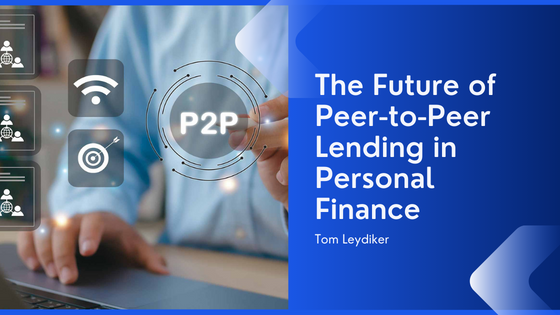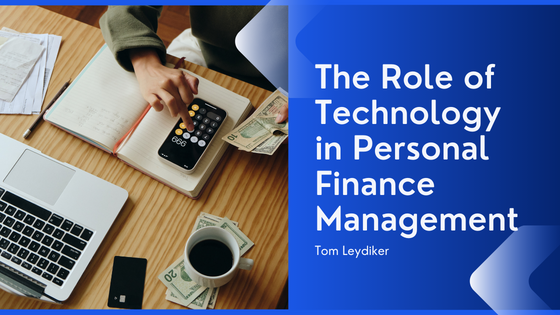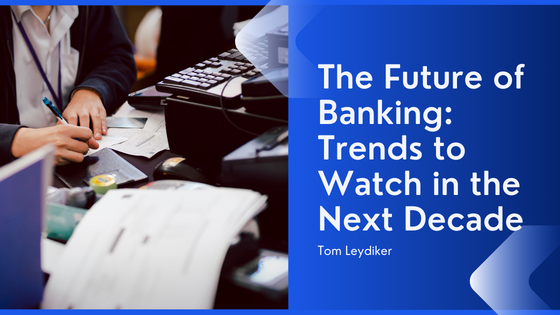Peer-to-peer (P2P) lending is one of the financial technology (fintech) industry-developed innovations that have changed how people borrow and invest money. Turning our gaze to the days ahead, P2P lending stands at the crossroads to radically transform the sphere of personal finance, expand the door to funding, and provide investors with unconventional means of wealth creation.
Enhanced Accessibility and Inclusion
P2P lending platforms have opened the door for everyone to get credit as they connect borrowers with investors, going around banks. In the long run, these platforms will use sophisticated algorithms and data analytics to further improve the lending process and make it more available and inclusive. Thus, this creates doorways for the financially excluded to gain credit access, resulting in increased financial inclusion.
Integration with Blockchain Technology
The adoption of blockchain technology in P2P lending aims to improve transparency, security, and efficiency. Through recording transactions on a decentralized ledger, blockchain can cut fraud incidence, decrease operational expenditure, and hasten loan processes. The maturation of blockchain technology means that it could be seamlessly integrated into P2P lending systems, leading to the growth of trust and reliability in the system.
AI-based Risk Assessment
The use of machine learning and AI has the potential to transform the way risk evaluation is conducted in P2P lending. AI can offer lenders more reliable predictions of borrower default risk by analyzing large amounts of data. This provides lenders with detailed information to make better decisions. The development is expected to result in greater competition between lenders, with borrowers benefiting from lower interest rates and investors benefiting from higher yields on their funds.
Regulatory Evolution
As P2P lending continues to grow, regulatory frameworks around the world will evolve to ensure consumer protection, maintain financial stability, and foster innovation. We can anticipate more standardized regulations across jurisdictions, which could further legitimize P2P lending and encourage greater adoption among consumers and investors alike.
Diversification of Services
Peer-to-peer lending platforms are expected to expand their financial product offerings to include insurance, wealth management, and retirement planning services. This expansion will provide consumers with a more holistic financial ecosystem and deepen their engagement with P2P platforms.
The evolution of technology is playing a crucial role in the bright future of P2P lending in personal finance. As platforms become more sophisticated, secure, and user-friendly, we can expect P2P lending to become an integral part of the financial landscape, offering enhanced opportunities for borrowers and investors alike. The journey ahead is filled with potential, promising to redefine the boundaries of personal finance in the digital age.






